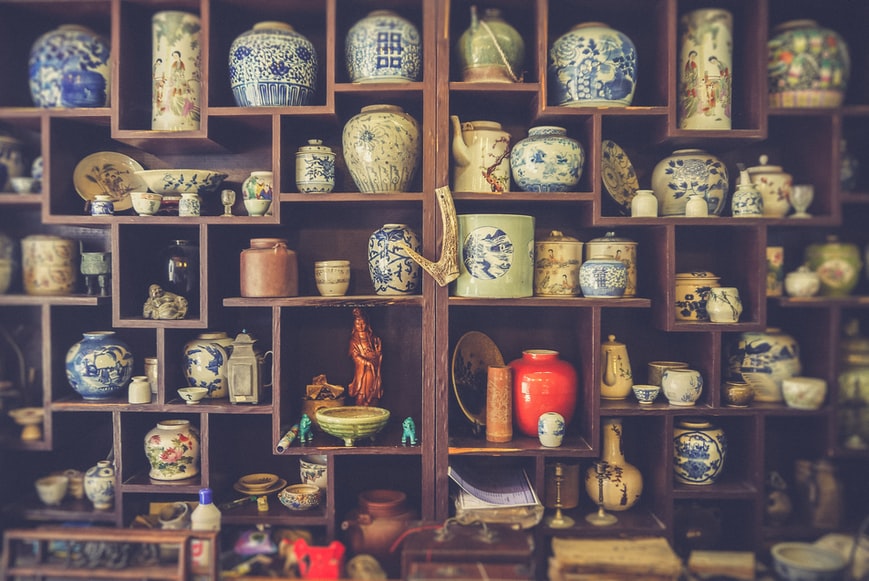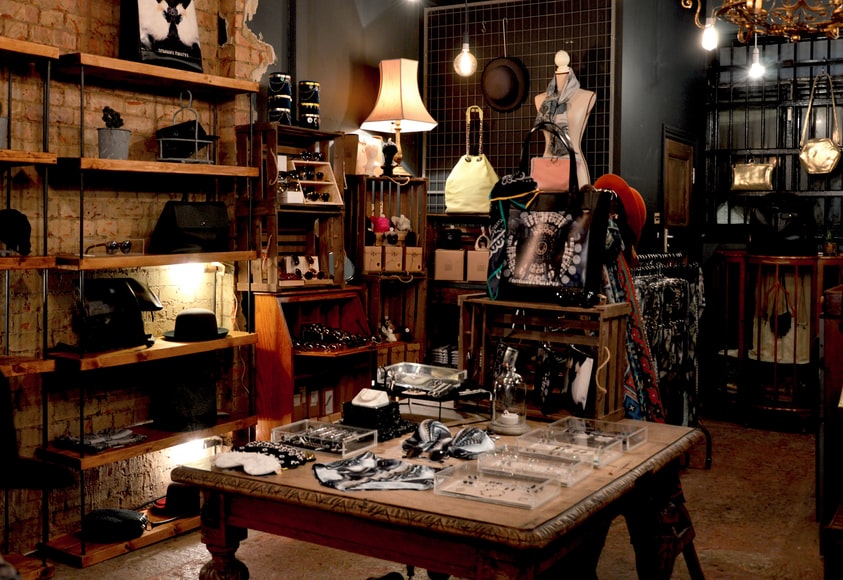This makes an interesting topic for a discussion on antiques sales tips. We’ll discuss how an item’s age can be a determining factor in determining if it should be priced based on its saleable value, as well as tips on how to recognize antiques from fakes.

Setting Apart Antiques
Generally, collectors think of antiques when they consider something very old, rare, and classic. There are a few exceptions, but most people think of antiques when talking about furniture. In this instance, the definition of “antiques” includes any piece of furniture older than eighty years old, and commonly used to describe old furniture. Furniture with a date of less than a hundred years would not be considered antiques, even if it was part of a collection. The sales channel for antiques dealers is expanding so that newer products with a shorter shelf life are being offered in the antique department.
To be considered an antique, an object must be structurally sound and have proven historical significance. Often times, some kind of physical challenge is applied to an object to show that it had a specific use in history. This could be a breakable part, or perhaps something that’s unusual because of the quality of the construction. Common examples of antiques include cannons, swords, zeppelins, and musical instruments. While antiques dealers know what items to look for when purchasing antiques, there are still some items that antiques dealers don’t always see in these sales. These items are referred to as transitional items.
Types And Varities Of Antiques
Transitional antiques come in a variety of forms, including furnishings, textiles, metals, and ceramics. In many cases, people consider objects that were produced during two specific eras in history as being of an equivalent value. For example, objects that were made during the Medieval Age would often be considered antiques because they are indicative of that time period. Antiques that are separated from their time period usually become more valuable after a certain amount of time because their uniqueness is no longer evident in the marketplace. In this case, the item would then be considered an antique.
Antiques can also be described as a decorative art. While there are certainly many things that can be classified as antiques, furniture is one of the most popular choices. There are many reasons why furniture is considered an antique. Perhaps it was used as a way to mark a passage of time in a building, or it might have been an important part of a cultural tradition. Regardless of the reasoning, if the furniture itself is considered an antique, then it can be sold to licensed antiques dealers for a profit.

Furniture is generally viewed as an item that requires a significant investment, unless you want to turn it into an antique yourself. As with antiques, the condition of the furniture will determine its value. Furniture that has seen better days, or has been heavily used may not be able to be sold for a low price because it will need to be repaired and restored. However, there are some furniture stores that specialize in repairing antiques, so this might be an option for you. For antique lovers who want to take their passion for furniture into their own hands, visiting an antiques dealer might just be the right choice to make.

A designer and writer who specialises in handcrafted stationery and minimalist home accents. Alice focuses on timeless aesthetics, sustainable materials, and the stories behind artisanal paper goods.

